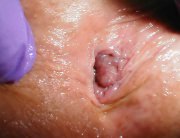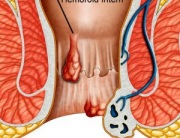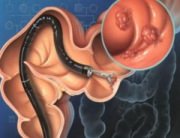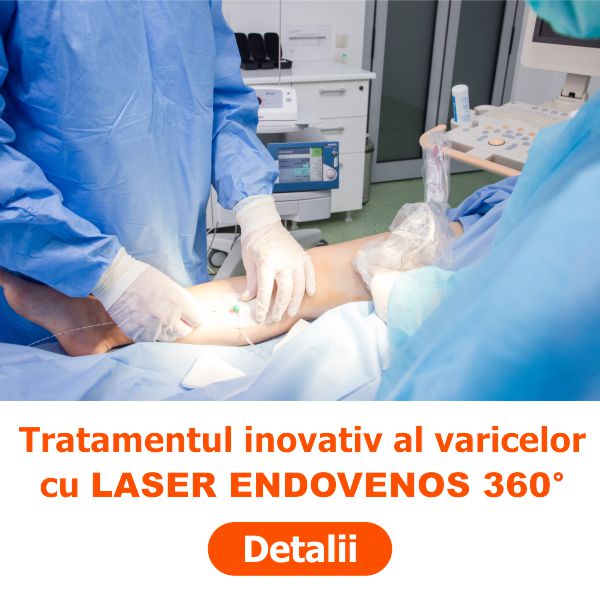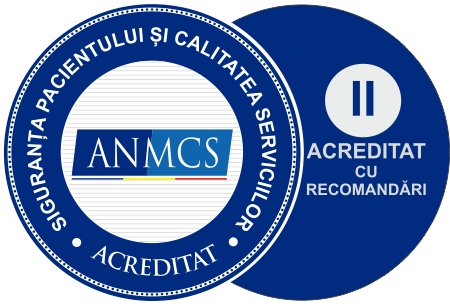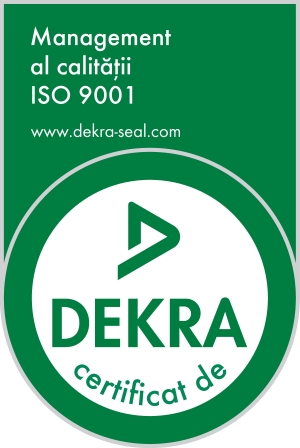Haemorrhoids are defined as the clinical expression of the varicose dilations of the anal canal- and rectum-level veins. These veins enlarge because the blood backflow in the veins is hindered. Unfortunately, this richly represented circulation, is against gravity. Sometimes, this adds to a nutrition deficiency leading to constipation, rectum irritation following the consumption of alcohol or excessive consumption of spices.
Pregnancy and childbirth generally exacerbate the pre-existing condition through the gradual increase in volume of the pregnant uterus and pursuant to the pelvic venous system compression effect.
However, extensive sitting is, beyond doubt, the key cause. It is known as the clerks’ and drivers’ disease. The onset mechanism is very simple. The rectum is a flexible cylinder, which easily deforms under the pressure of the intraabdominal organs leading to the collapse of the vessels that circulate the peripheral venous blood. This leads to an increase in the haemorrhoidal system venous pressure, which accumulates in the rectal venous cushions and causes them to dilate. The process generally is reversible up to a certain point. From there on, the integrity of the conjunctival system plays a key role, in that if we inherit a less elastic tissue, these vascular cushions do not return to their initial size after each increase in volume. The varicose vein dilations become larger and larger.
The only really wise thing to do is to make an appointment with a proctologist. You will receive expert advice regarding your lifestyle, your daily diet and, last but not least, an efficient haemorrhoid treatment recommendation. Lately, we’ve been witnessing an increasing nuancing of the available therapeutic methods, ranging from the administration of local ointments, up to interventions that are easy to perform and well tolerated by the patient. The classical surgical intervention is now only reserved to the advanced forms of the disease or to the neglected, long-term evolving forms of the disease.
Haemorrhoids are vein cushions located inside and around the rectum. When the inflame, they can cause itching, pain or bleeding. Unfortunately, haemorrhoids only get worse with time, never better. That is why we recommend a safe, bearable and efficient haemorrhoid treatment, as soon as their presence is noted.
Internal haemorrhoids are located upper on the anal canal, they’re not visible. Bleeding is the most commonly encountered and often the only internal haemorrhoid symptom. External haemorrhoids are visible outside the anal canal. Haemorrhoids actually are veins located under the skin, which become swollen and blueish. These haemorrhoids appear without any symptoms. However, once they inflame, these haemorrhoids appear red and sensitive.
Sometimes, internal haemorrhoids come out of the anal canal, a phenomenon referred to as haemorrhoidal prolapse; it is very difficult to reinsert them back into the anal canal and usually are very painful.
When a blood clot forms inside an external haemorrhoid, a sharp pain is generally resented. These thrombosed haemorrhoids appear in the anal area like hard peas.



